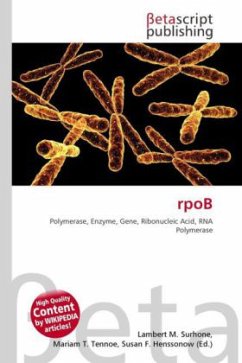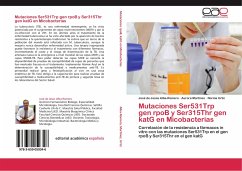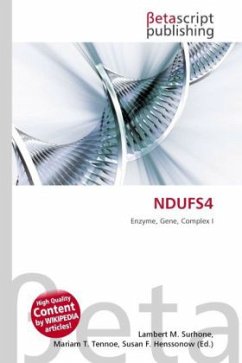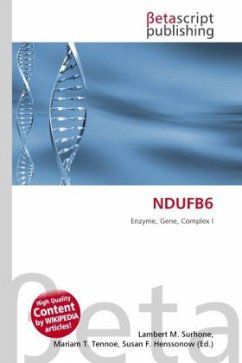Please note that the content of this book primarily consists of articles available from Wikipedia or other free sources online. rpoB is a bacterial gene that codes for part of an enzyme which synthesises RNA. Specifically, rpoB is the subunit of the bacterial RNA polymerase. It is the subunit which possesses the polymerase activity, that is, it catalyzes the synthesis of RNA. Some anti-bacterial drugs (most importantly, rifampicin) kill bacteria by targeting this enzyme. rpoB is a highly conserved enzyme contained by many bacteria, including Mycobacterium tuberculosis. It is the target of the antibiotic, rifampicin. Mutations in this gene are the main mechanism of resistance to rifampicin. A probe for rpoB can detect mutations in the gene that confer rifampicin resistance. For Mycobacterium tuberculosis, the resistance-mutations most commonly found are at codons 531, 526 and 516 (in decreasing order of frequency), in an area known as the "rifampicin resistance determining region". For Staphylococcus aureus, the most commonly identified mutation is at codon 481. Gene probes are commonly used to guide tuberculosis treatment when drug-resistant tuberculosis is suspected.
Bitte wählen Sie Ihr Anliegen aus.
Rechnungen
Retourenschein anfordern
Bestellstatus
Storno








